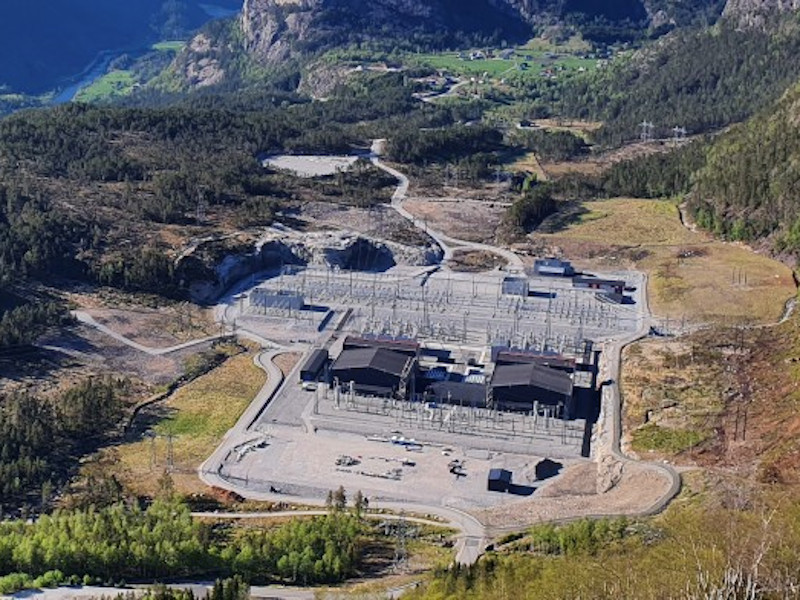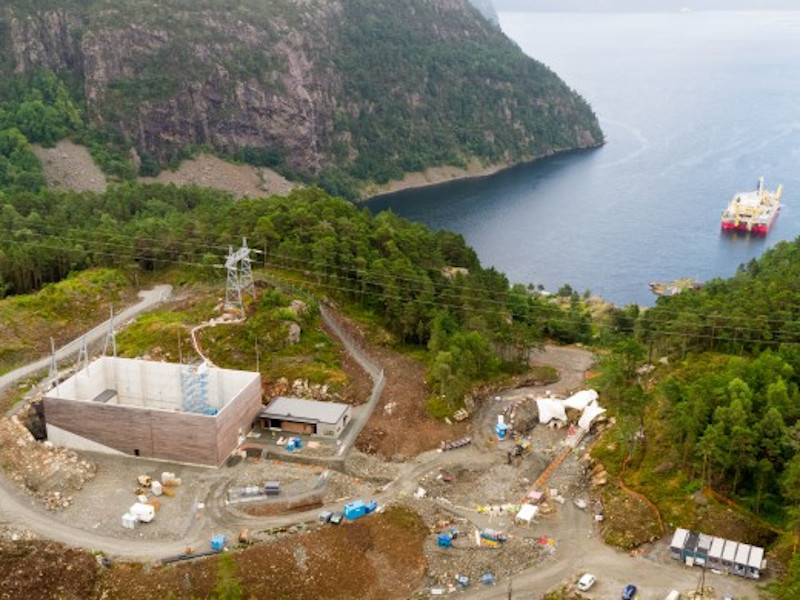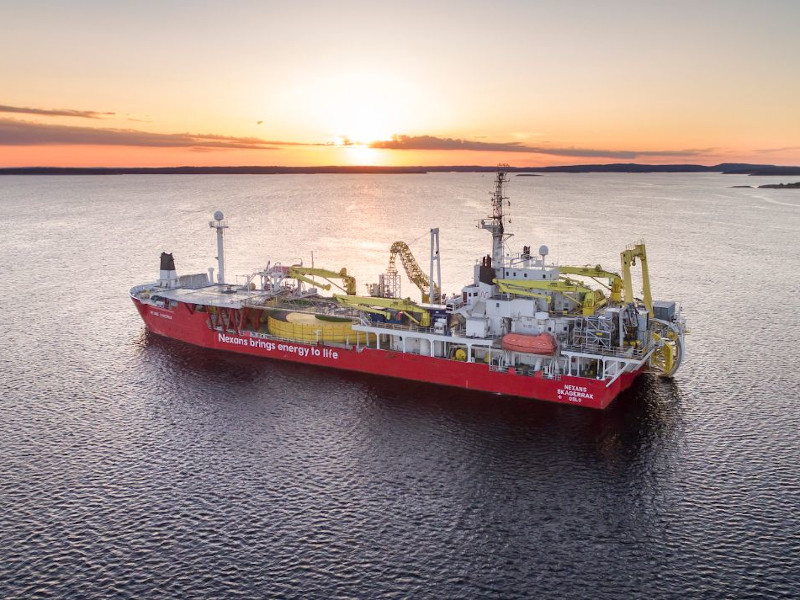NordLink is the first bi-pole, high-voltage direct current (HVDC) interconnection system to provide direct power connection between Germany and Norway.
The project is a 50:50 partnership between Norwegian transmission system operator Statnett and Germany’s DC Nordseekabel, which is jointly owned by TenneT and German promotional bank KfW.
The 623km-long, 525kV NordLink cable facilitates the mutual exchange of up to 1.4GW of renewable energy including the wind power from Germany and the hydropower from Norway across the North Sea.
Commissioned in December 2020, the project is intended to increase the energy security for both the German and the Norwegian electricity grids thereby decreasing the electricity prices.
Project Gallery
-

The NordLink is a 623km-long, bi-pole HVDC interconnection system between Germany and Norway. Image courtesy of KfW IPEX-Bank.
-

The NordLink interconnector was developed by Statnett, TenneT, and KfW. Image courtesy of KfW IPEX-Bank.
-

The NordLink power line was commissioned in December 2020. Image courtesy of Nexans.
Recognised as a project of common interest (PCI) by the European Union, the NordLink system will facilitate the integration of European power markets and support the reduction of CO2 emissions.
NordLink interconnector design and route details
The NordLink bi-pole transmission line comprises 53km of overhead line from Vollesfjord to Tonstad/NO, 54km of land cable from Büsum to Wilster/DE, and 516km of subsea cable.
The undersea route of the cable will pass through the German, Danish and the Norwegian territorial waters in the North Sea.
The interconnector at the Norwegian side will initially pass through the cable/overhead line transition station and then to the overhead line on the shores to finally connect to a converter station. The converter station at the German side will also be connected by an underground cable.
The NordLink transmission line can carry up to 3.9 billion kWh of electricity from the Sira-Kvina hydropower plant in Norway to supply power to approximately 3.6 million German households.
It has also the capacity to supply the wind power generated by approximately 466 wind turbines of 3MW capacity each in Germany to power the Norwegian households.
Converter stations
The NordLink interconnector has two converter stations at both ends, Wilster and Tonstad. The Wilster converter station is located in the southwest of the German state of Schleswig-Holstein, while its counterpart was built in Tonstad at the northern end of Sirdalsvatnet lake, in Sirdal municipality in Vest-Agder county, Norway.
The DC electricity is converted into three-phase alternating current (AC) at both the converter stations and connected to the respective transmission grids.
Financing
The European Investment Bank (EIB) sanctioned £89.3m (€100m) for the NordLink power transmission project through single investor tap of TenneT's 2017 hybrid bond.
EIB also provided £268m (€300m) loan under a loan agreement with Statnett. The transaction was backed under the European Fund for Strategic Investments (EFSI), also called the Juncker Plan.
Contractors involved
DC Nordseekabel was in charge of the construction of the German part of the project, while its partner Statnett was responsible for the Norwegian side.
Hitachi ABB Power Grids was awarded a contract worth approximately £660m ($900m) to supply the on-shore high-voltage direct current (HVDC) converter stations, as well as the cable system in the German side of the project in March 2015.
Nexans was selected to supply and install the subsea power cables for the project.
NKT was awarded the contract to supply MI (mass impregnated) power cable of 525kV for the German side of the project in June 2020.
The contract included the supply and installation of 154km of submarine DC cable and 54km underground DC cable, as well as a five-year service agreement based on the project specific requirements.
